
The airline was founded by Arturo Merino Benítez (An Air Force official after whom Santiago International Airport is named), and began operations on March 5, 1929 as Línea Aeropostal Santiago-Arica. In 1932 It was rebranded as Línea Aérea Nacional de Chile, known as LAN-Chile as the commercial name. LAN-Chile's first fleet consisted of de Havilland Moth planes.
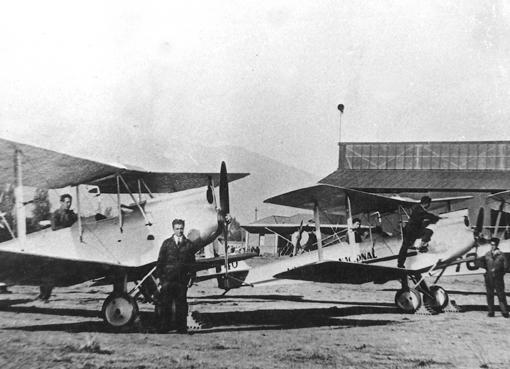
Merino Benitez was a strong defender of Chilean carriers exclusivity on domestic routes, differing from most Latin American countries which easily granted authorization on domestic flights to US-based Panagra. Also because of this reason, US-built airplanes became more difficult to incorporate to LAN's fleet until the beginning of WWII. In 1936, 2 French Potez 560 airplanes were purchased while in 1938, 4 German Junkers Ju-86B's were incorporated to the fleet. During that same year, a joint cooperation agreement was established with Lloyd Aéreo Boliviano, the Peruvian carrier Faucett and an agreement with Lufthansa was signed for flights to & from Europe.
In 1940, it replaced the Junker's for Lockheed Electra 10-Airplanes, adding in 1941 further Lockheed Lodestar C-60 and Douglas DC-3 in 1945. On August 23, 1945, LAN-Chile became a member of the newly formed IATA. In October 1946, it started international service to Buenos Aires and in 1947 to Punta Arenas, Chile's most distant continental destination.
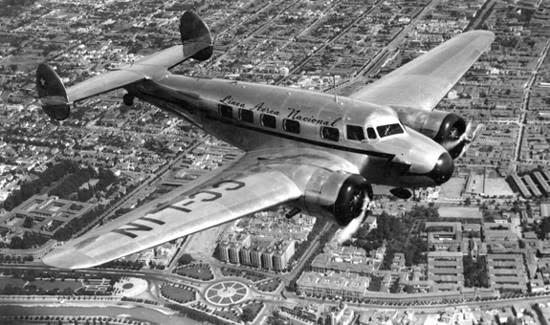
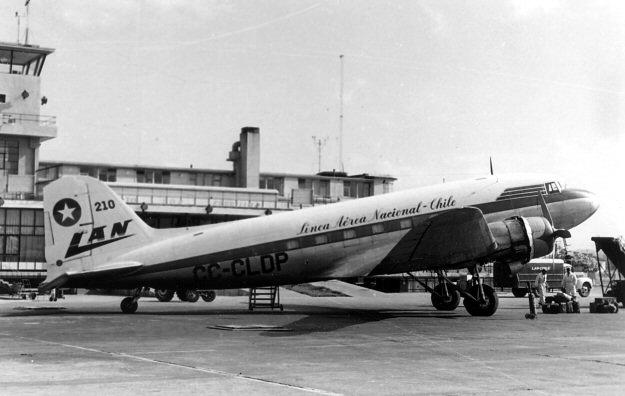
In December 1954, LAN-Chile made its first commercial flight to Lima, Perú. Then on December 22, 1956 a LAN-Chile Douglas DC-6 made the world's first commercial flight over Antarctica, using this same aircraft type for its first commercial service to Miami International Airport in 1958. LAN-Chile entered the jet era in 1963, purchasing three French Sud Aviation Caravelle VI-R, which initially flew to Miami, Guayaquil, Lima, Panama City and selected domestic destinations.
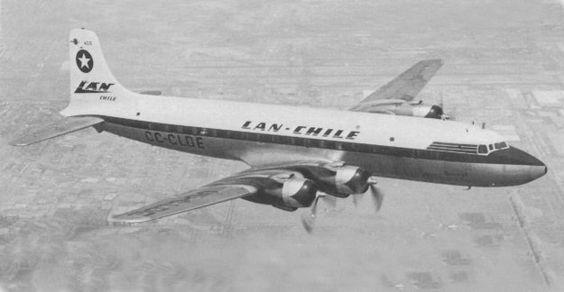
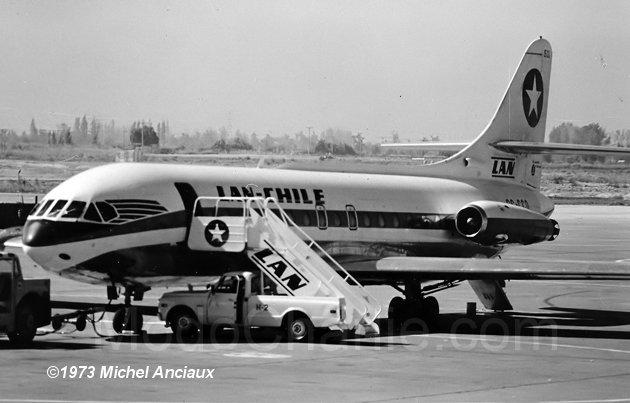
In 1966, LAN-Chile purchased from Lufthansa its first Boeing 707, in exchange for flying rights in the Lima-Santiago route. With this aircraft model, the company developed new long haul routes to the USA, Oceania and Europe. LAN-Chile started on April 15, 1967, the route Santiago-John F. Kennedy International Airport and Santiago-Easter Island on April 8.
In 1969, LAN-Chile expanded its destinations to Rio de Janeiro, Asunción and Cali with new Boeing 727s. In 1970, with Boeing 707s LAN-Chile opened its first transatlantic routes to Madrid–Barajas Airport, Frankfurt Airport and Paris-Orly.


The restrictions imposed by the growing metropolitan area of Santiago and the need for modern, jet-era airport facilities that could safely accommodate both domestic and intercontinental flights, drove the need to relocate the Chilean capital's principal airport from Los Cerrillos to the more rural northwest metropolitan area. For this reason, Santiago International Airport was built between 1961 and 1967, fully moving LAN-Chile's flights to this new airport in 1970.
On February 10, 1974, A LAN Chile Boeing 707 made the world's first transpolar non-stop flight between South America and Australia. In 1980, the company replaced its Boeing 727s with 737-200 Advanced on its domestic routes. In addition, the McDonnell Douglas DC-10-30, LAN Chile's first wide body jets, were added for use on routes to Los Angeles, Miami and New York.
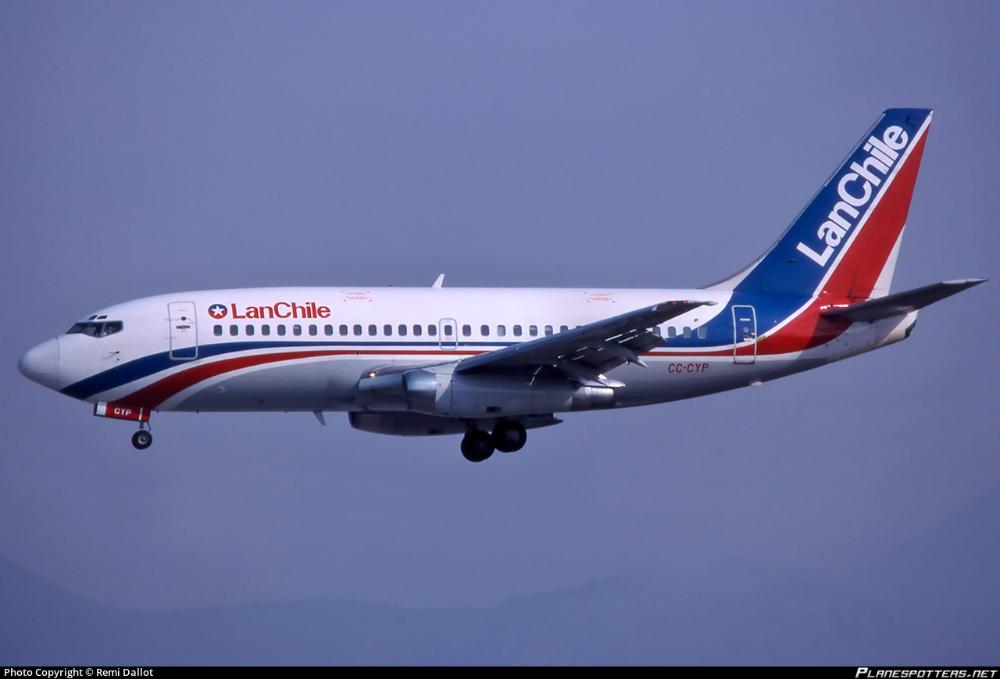
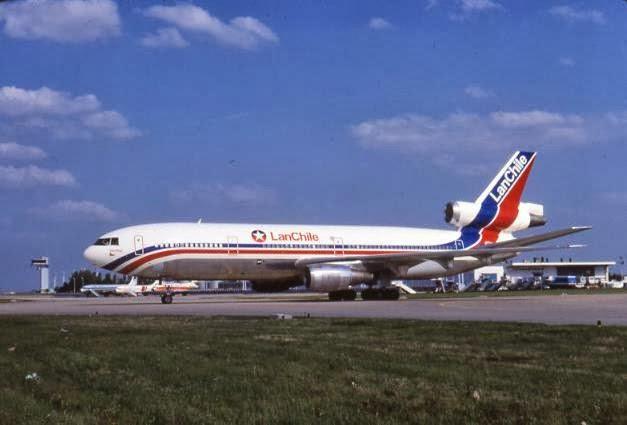
In June 1986, Boeing 767-200ERs replaced the DC-10 fleet, with a new route to Montréal, Canada. In 1988, LAN Chile started construction of its Maintenance Center at Santiago Airport and added a Boeing 747-100 on lease from Aer Lingus to its fleet during the summer season for its US flights.
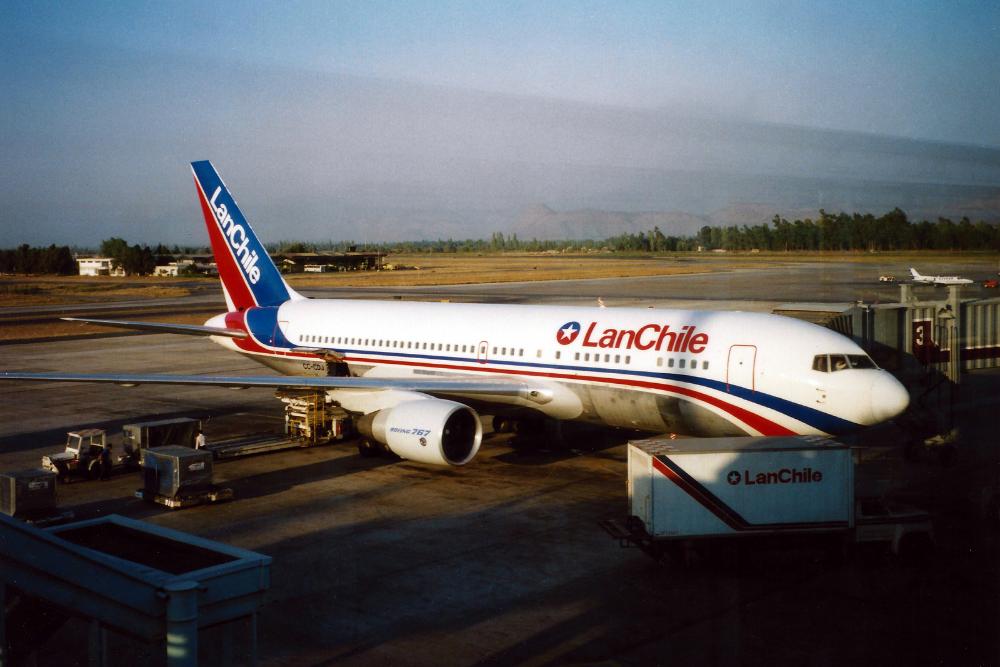
In September 1989, the Chilean government privatized the carrier, selling a majority stake in the company. In October 1998, Lan Chile merged its cargo subsidiary Fast Air Carrier with Ladeco, forming LAN Express.
In 2000, LAN Chile joined OneWorld alliance and began cooperating with other airlines in the group on its schedules, connections and frequent flyer programs. Also in 2000, LAN Cargo opened up a major operations base at Miami International Airport and currently operates one of its largest cargo facilities there. In 2001, LAN Chile received its Airbus A340-300 which formed the main stay of the long haul fleet for many years, operating the trunk routes to the USA and Europe till 2015 ,when they were retired.
.jpg)
In 2002, LAN Chile started its expansion in foreign countries by setting up subsidiary airlines run by the LAN Group, it established LAN Perú and LAN Ecuador. In March 2004, Lan Chile and its subsidiaries, LAN Perú, LAN Ecuador, LAN Dominicana and LAN Express, became unified under the unique LAN brand and livery, eliminating each airline country name on the brands. On June 17, 2004, LAN Chile changed its name to LAN Airlines (It said that it stood for Latin American Network Airlines, though when founded in 1929, LAN originally meant "Línea Aérea Nacional" (National Airline). In mid-2005, LAN opened its subsidiary LAN Argentina in Argentina and operated national and international flights from Buenos Aires. It was also during 2004 that LAN Airlines started to receive its Airbus A319 and A320 to deploy them on regional, domestic and some international routes. As of August 1, 2006, LAN Airlines merged first and business classes of service into a single class, named Premium Business.
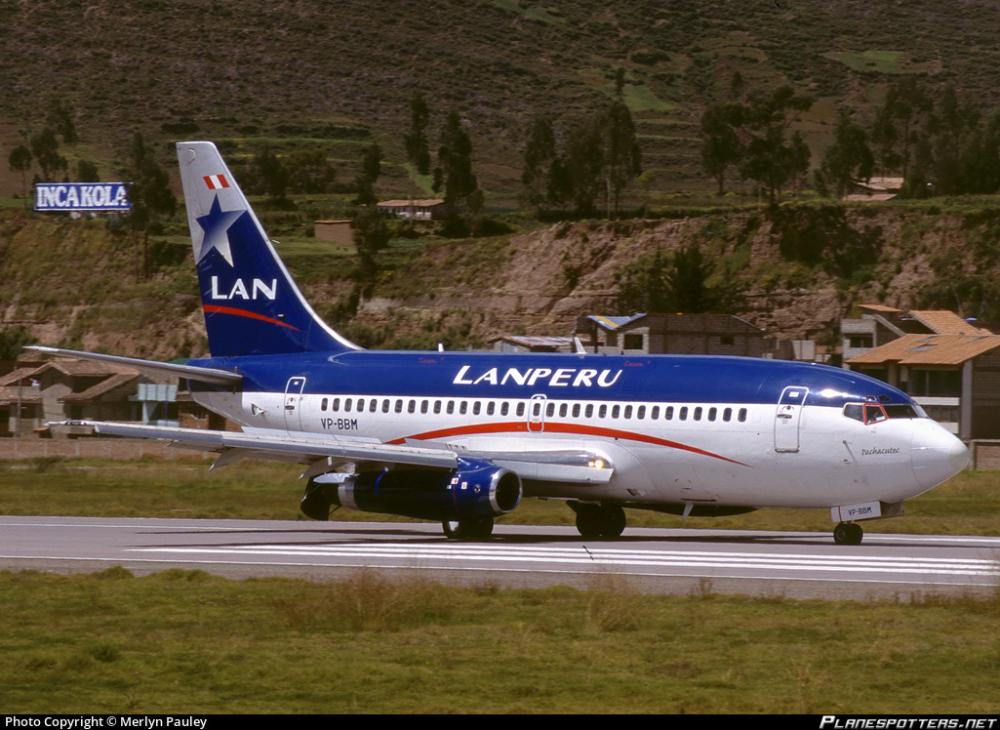
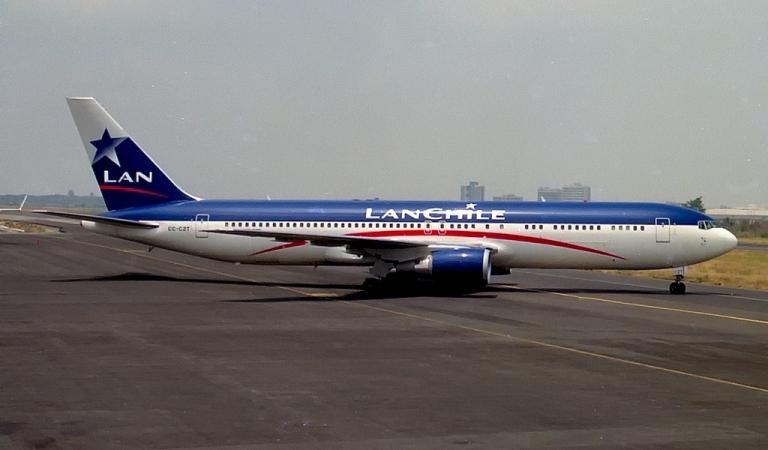
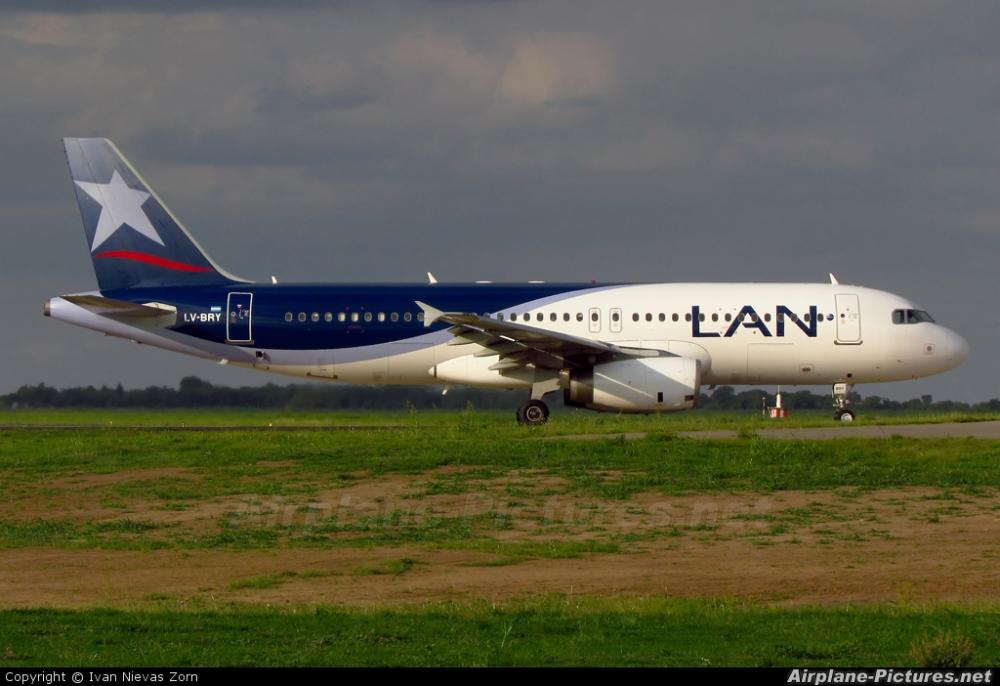
LAN Airlines was one of the few airlines to commit to the small Airbus A318, operating the aircraft from 2007 for 5 years on domestic thinner routes and replaced the dated Boeing 737-200.
On October 28, 2010, LAN acquired 98% of the shares of AIRES, the second-largest air carrier in Colombia. Then in December 2011, AIRES started operating as LAN Colombia under the unified LAN livery. On August 13, 2010, LAN signed a non-binding agreement with Brazilian airline TAM Airlines to merge operations and form the LATAM Airlines Group. The merger was completed on June 22, 2012. The airline also took delivery of the first Boeing Dreamliner in August 2012, the 787-8 started operations on international routes and was to replace the Airbus A340-300. Later in 2014, the airline also introduced the Airbus A321-200.
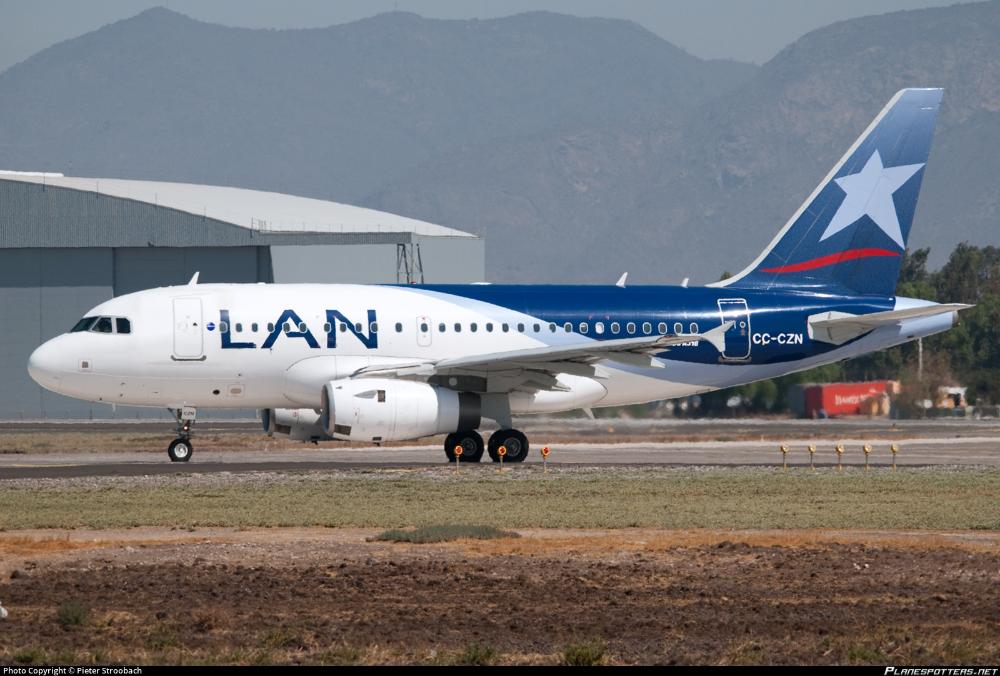
.jpg)
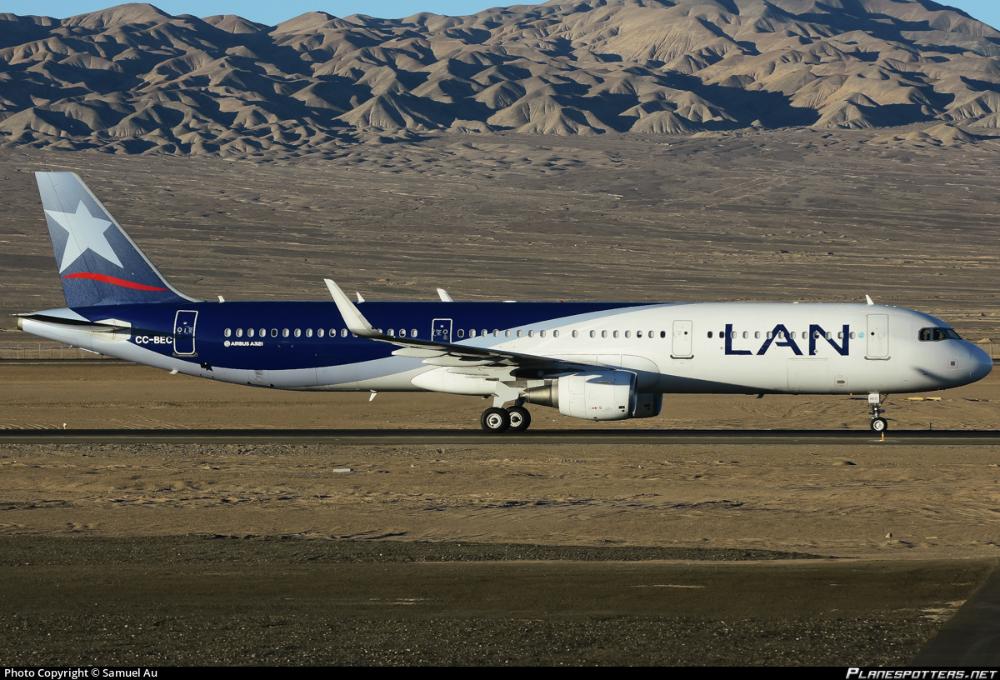
Soon after begun a long process of integration and harmonisation with both airlines to form the new group and control all subsidiaries of the previous LAN Group under one name, LATAM. Since May 5, 2016, LAN Airlines started operating as LATAM Chile, retiring the old national brand to the history books of Chile and now forming part of the aviation history of the country.
The airline continues to fly now a days under a new name, but its foundations and many staff still carry on the legacy of the Chilean Airline in their respective jobs and in their memory.
History source: Wikipedia.org + LATAM.com + airfleets.net

.png)